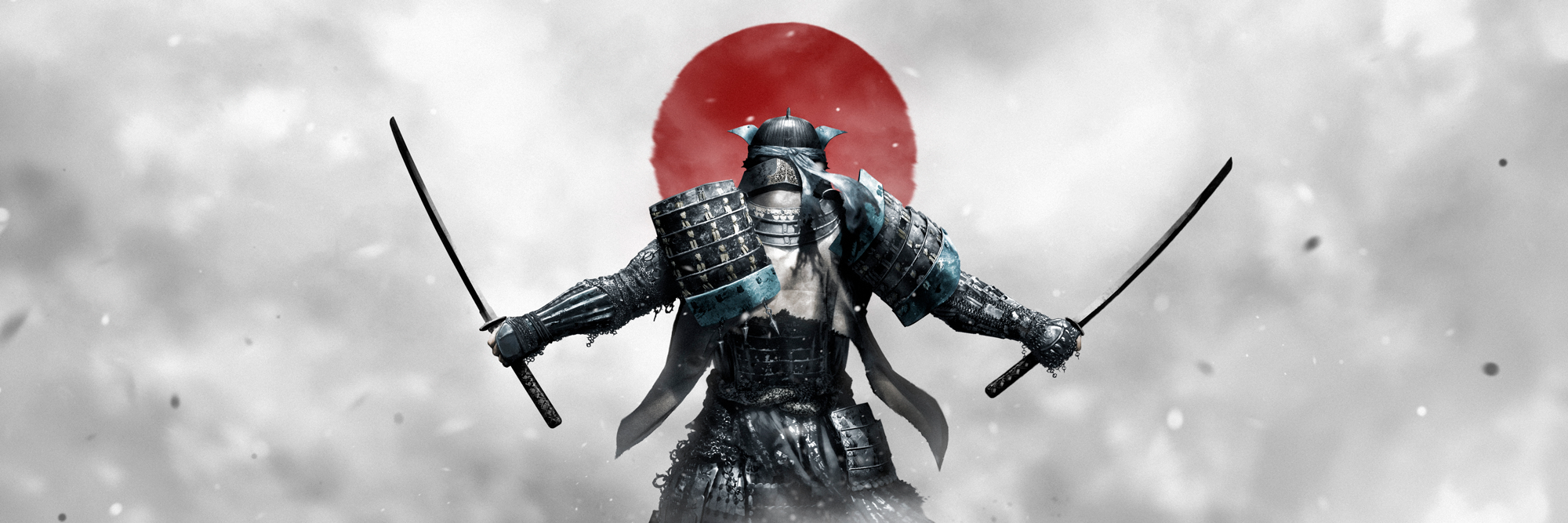Game Description
Enter the fast-paced world of Samurai Runner, an endless runner set in the vibrant Edo era of Japan. As a skilled samurai, your mission is to chase down a cunning ninja who has stolen a sacred scroll. Dash through beautifully rendered environments, from bustling marketplaces to serene temples, using quick reflexes to dodge obstacles and enemies.
Things I Tried To Do In This Project
Mind Map

Early Concept Ideas


Final UI Flow






Project Goals
The primary objective of Samurai Runner is not merely to create an endless runner but to immerse players in the rich culture of Japan’s Edo era. The game aims to capture the essence of this historical period by integrating cultural elements, from the weaponry and attire to the environment and backstories.
A key feature is the “Did You Know?” section, which educates players about the origins and significance of each weapon and suit element used in the game. Additionally, the game adds a layer of imagination by imbuing legendary weapons with unique superpowers, blending historical authenticity with creative gameplay.
Feature List
- Character selection
- Weapon selection
- In-game currency
- Save game system
- Multiple attack feature
- Different enemies
- Ingame purchase (In progress)
- Ads(in progress)
Research Source & Links
Characters & Narration Inspiration
At the beginning of the 14th century, countries would not train their soldiers. They would go from door to door and ask if any male in the house was between the ages of 20 and 30. The samurai were the first organization to train troops in the 14th century. They follow the code of honor.
This code of honor is known as Bushi-do. The Japanese word “bushi”, means “warrior” and the word “do” means “the way.” So Bushido means, “the way of the warrior.”


Ninjas were active from the 14th century when they were hired by daimyo, or feudal Japanese warlords, chiefly for intelligence and counterintelligence. The ninjas were the first warriors who were trained to attack silently. The ninjas gave a whole new meaning to stealth and skill. It takes a lifetime to master stealth; yet, the ninjas developed these skills in under 3 years. The ninjas also brought us martial arts.
The Ninja believed that everything in the world had its own sacred energy, even objects like trees or mountains. Mikkyo was another spiritual influence on the Ninja. As evidence of their spiritual nature, the Ninja were influenced by Shinto, “the way of the kami,” which is the Japanese word for “god” or “deity.” The word implies a feeling for a sacred force rather than a being, however. It was a set of teachings related to growing personal power.
These teachings included focusing all of their energy on special words or goals, which helped them learn good self-discipline.

Ninjas operated in darkness and secrecy while Samurai were the enforcers or warriors that operated in plain sight. Many Samurai, as well as members of society in that era, looked down upon Ninjas. They have often reviled are as dishonorable scum. Maybe these are the primary cause of the ninja uprising In reaction to the ninja uprising, Japan’s “civil war” began. The ninjas and samurai fought constantly, never giving up. The ninjas would come in and assassinate the Samurais’ leaders, and the Samurai would fight back, resulting in hundreds of people dying in almost every encounter. result was a revolution in how people fight in wars.
Weapon Inspiration

There are five main streams of the samurai sword, namely Katana, Wakizashi, Tanto, Nodachi, and Tachi swords.
The most iconic and well-known of all the Samurai swords; the katana is distinguished by its long blade and handle that is made to accommodate two hands and strike from a large distance.
There are 7 special weapons revered as the legendary samurai sword in history.
- Kogarasu Maru
- Dōjigiri Yasutsuna
- Mikazuki Munechika
- Ōtenta-Mitsuyo
- Juzumaru-Tsunetsugu
- Onimaru Kunitsuna
- Honjo Masamune
Though it is common to see ninjas using shurikens in many modern concepts they had a huge variety of weapons here are a few examples.

Environment inspiration





